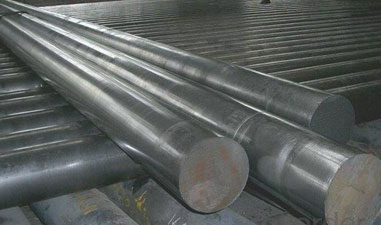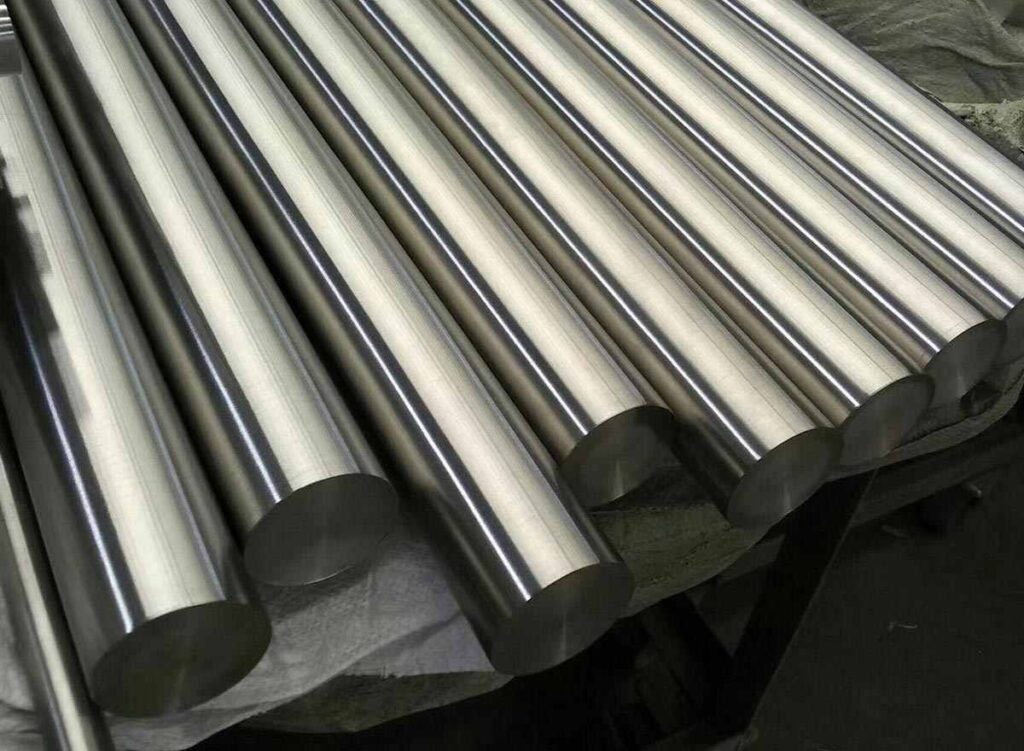Stainless steel, a versatile material prized for its corrosion resistance and durability, comes in various grades. Among the commonly discussed grades are Stainless Steel 304 and Stainless Steel 430. Understanding the distinctions between these two grades is crucial for making informed decisions, especially in industrial and consumer applications.
Introduction to Stainless Steel

Stainless steel, known for its resistance to corrosion and rust, is widely utilized across multiple industries. Its composition primarily includes iron, chromium, and varying amounts of other elements. This alloy’s popularity stems from its versatility and durability.
Understanding Stainless Steel Grades
Stainless steel comes in numerous grades, each with distinct characteristics. The grades are differentiated by their chemical composition and performance in different environments.
Stainless Steel 304: Composition and Characteristics
Stainless Steel 304, containing 18% chromium and 8% nickel, offers excellent corrosion resistance, making it suitable for various applications, including kitchen appliances, construction, and food processing.
Stainless Steel 430: Composition and Applications
| Component | Composition (%) |
|---|---|
| Iron (Fe) | 85.0 – 89.0 |
| Chromium (Cr) | 16.0 – 18.0 |
| Carbon (C) | 0.12 max |
| Manganese (Mn) | 1.0 max |
| Silicon (Si) | 1.0 max |
| Phosphorus (P) | 0.04 max |
| Sulfur (S) | 0.03 max |
Applications of Stainless Steel 430
- Household Appliances: Commonly used in manufacturing kitchen appliances like refrigerators, ovens, dishwashers, and microwave oven liners due to its heat resistance and aesthetic appeal.
- Automotive Trim and Molding: SS 430 is utilized in automotive components such as trims, exhaust systems, and decorative parts for its corrosion resistance and durability.
- Architectural Uses: Found in architectural elements like elevator doors, cladding, and window frames due to its attractive appearance and resistance to tarnishing.
- Industrial Equipment: Used in industrial equipment where corrosion resistance is required, such as washing machines, chemical processing equipment, and certain types of fasteners.
- Utensils and Cutlery: SS 430 finds application in manufacturing cutlery, flatware, and utensils due to its ability to withstand repeated use and exposure to moisture.
Comparison between SS 304 and SS 430
The differences between SS 304 and SS 430 go beyond their composition. SS 304 tends to be more durable and corrosion-resistant in a wider range of conditions compared to SS 430.
Corrosion Resistance and Durability
SS 304 exhibits superior resistance to corrosion, especially in acidic and chloride-rich environments. On the other hand, while SS 430 is also corrosion-resistant, it is more prone to rust in certain conditions.
Performance in Different Environments
The choice between SS 304 and SS 430 depends on the environmental conditions and applications. SS 304 outperforms SS 430 in highly corrosive settings due to its higher nickel content.
Cost and Availability

SS 430 is generally more affordable than SS 304, making it an attractive option for certain applications. However, SS 304 is more readily available in various forms and sizes.
Uses in Industries
Industries such as food processing and construction often prefer SS 304 for its superior corrosion resistance. Conversely, SS 430 finds its place in applications where cost-effectiveness is a priority.
Consumer Considerations
Consumers must weigh factors like environmental conditions, budget, and specific needs when choosing between SS 304 and SS 430 for their intended use.
Summary of Advantages and Disadvantages
In summary, while SS 304 offers better overall corrosion resistance and durability, SS 430 presents a more cost-effective option for certain applications but might be less resistant to corrosion in specific environments.
Conclusion:Stainless Steel 304 vs 430
Understanding the differences between Stainless Steel 304 and Stainless Steel 430 enables individuals and industries to make informed decisions based on their specific requirements, ensuring optimal performance and cost-effectiveness.
FAQs
Which stainless steel grade is more suitable for kitchen appliances?
- Stainless Steel 304 (SS 304) is commonly preferred for kitchen appliances due to its excellent corrosion resistance and durability. It’s less prone to rust and staining, making it ideal for kitchen environments.
Does the price difference between SS 304 and SS 430 significantly affect their quality?
- The price difference between SS 304 and SS 430 primarily reflects variations in their composition and performance. SS 304 tends to be more expensive due to its higher nickel content and superior corrosion resistance. However, both grades have their distinct qualities that cater to different needs.
Can SS 430 be used in marine environments?
- SS 430, while having some corrosion resistance, may not be the best choice for prolonged exposure to marine environments. Its lower chromium content makes it more susceptible to rusting in saltwater or highly corrosive marine conditions. SS 316 or higher-grade stainless steels are usually recommended for marine applications.
What factors contribute to the higher corrosion resistance of SS 304?
- The higher nickel content in SS 304 enhances its resistance to corrosion. Additionally, its composition with chromium forms a protective oxide layer on the surface, further preventing rust and corrosion.
Is it possible to combine the qualities of both grades for specific applications?
- Yes, in certain cases, hybrid alloys or coatings can be used to combine the desirable properties of both SS 304 and SS 430. However, this approach might vary based on specific application requirements and feasibility.
